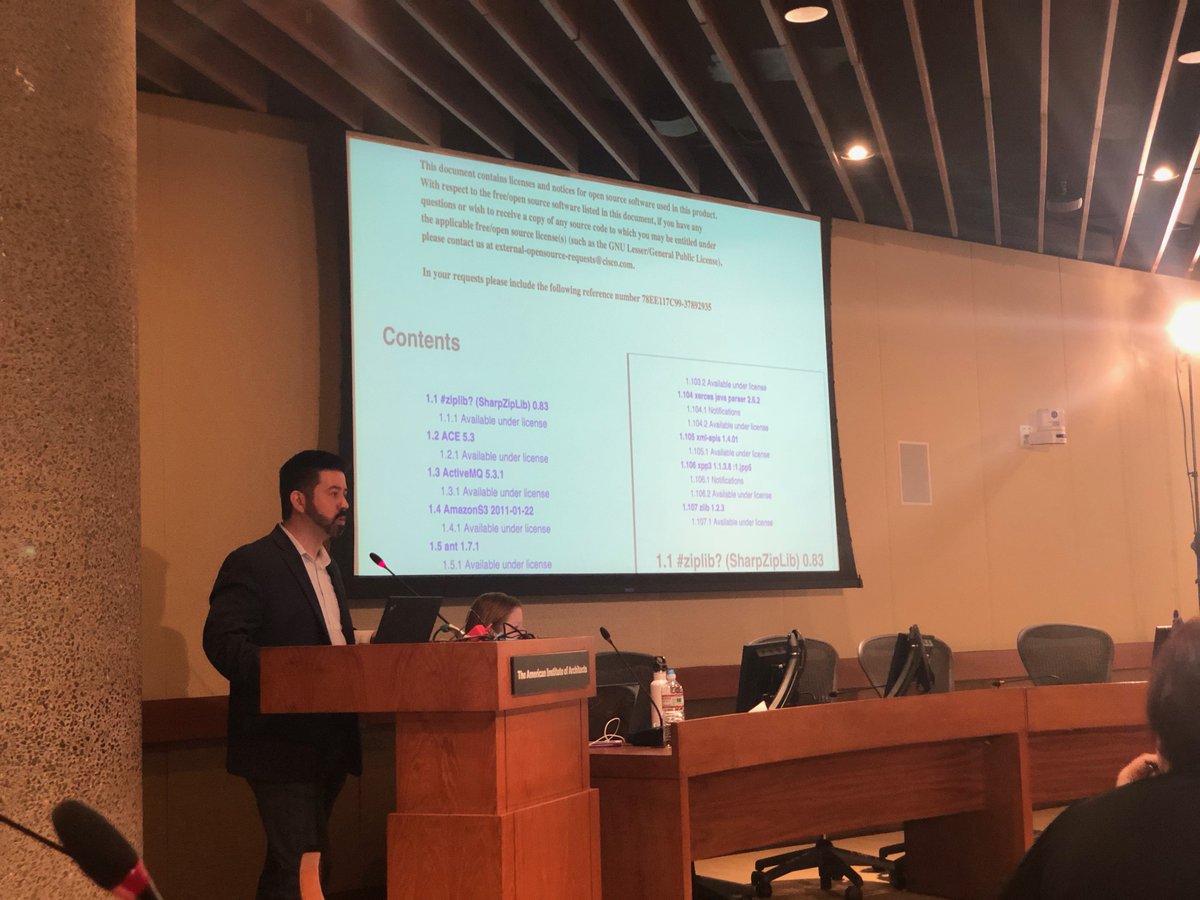This is a hard problem for tracking, it's a bigger issue for security and quality.
-Have all info needed to share SBOM
-Want to share this info to customers
-Understand some of the use cases
-Understand requirements/challenges to implementations


Defense industry attendee: It's absurd to assume that attackers don't already know about these vulnerabilities.
Financial services attendee: I want defenders to have the same advantages as attackers.
IDEA: A field in SBOM where the manufacturer can tell customers what's exploitable and what's not exploitable. Seems that would solve most objections.
Others: Don't we want to know the cow/farm that our food came from?
Audience: We're not going to start using the term HBOM.
Hm... How about Software, Hardware, and IT Bill of Materials? Acronym is left to the reader to discern.
-Week of 9/17 - Virtual
-November 6 - In person, in DC
-Mid-January - Virtual
-April 2 - In person, in DC
Track/follow this multistakeholder process and join one of the groups to contribute. ntia.doc.gov/SoftwareTransp…






















